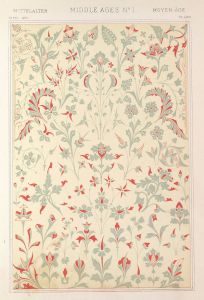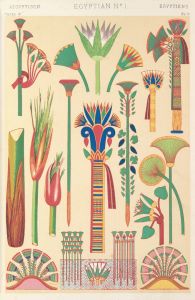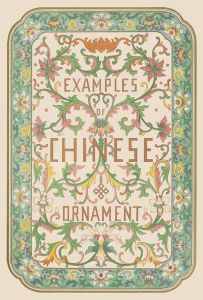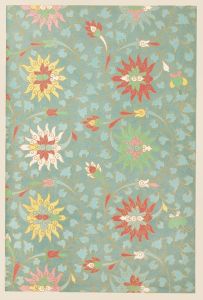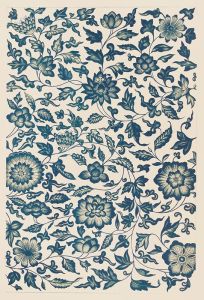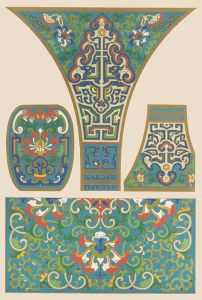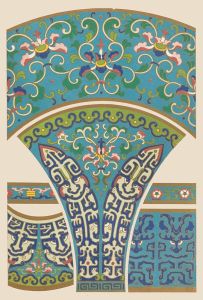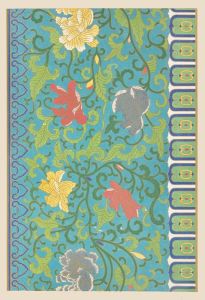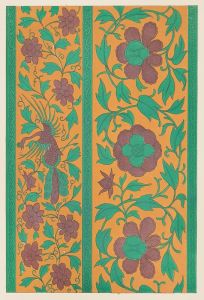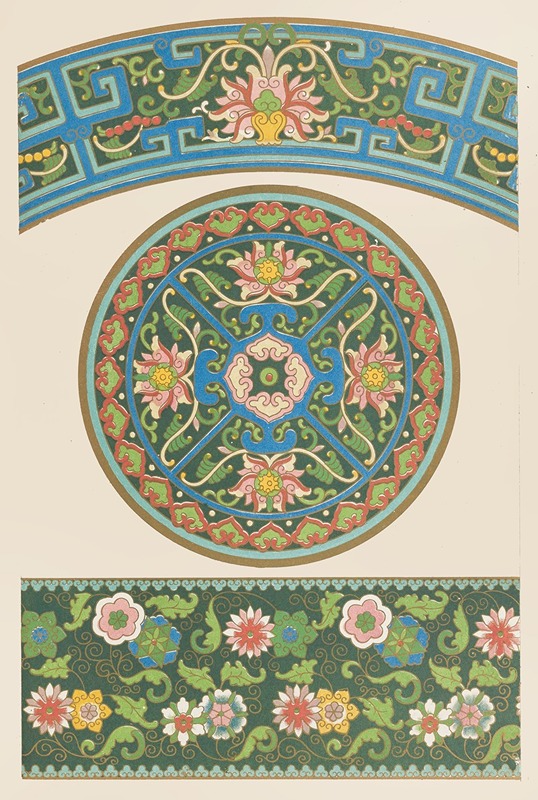
Examples of Chinese ornament, Pl.57
A hand-painted replica of Owen Jones’s masterpiece Examples of Chinese ornament, Pl.57, meticulously crafted by professional artists to capture the true essence of the original. Each piece is created with museum-quality canvas and rare mineral pigments, carefully painted by experienced artists with delicate brushstrokes and rich, layered colors to perfectly recreate the texture of the original artwork. Unlike machine-printed reproductions, this hand-painted version brings the painting to life, infused with the artist’s emotions and skill in every stroke. Whether for personal collection or home decoration, it instantly elevates the artistic atmosphere of any space.
"Examples of Chinese Ornament, Pl.57" is a plate from the influential design book The Grammar of Ornament, authored by Owen Jones and first published in 1856. Owen Jones (1809–1874) was a British architect and designer, renowned for his contributions to the study of decorative arts and his efforts to document and promote design principles from various cultures around the world. His work aimed to serve as a comprehensive resource for artists, architects, and designers, showcasing ornamental styles from different historical periods and regions.
Plate 57 specifically focuses on Chinese ornamentation, reflecting Jones's interest in the artistic traditions of China. The plate features a selection of decorative patterns and motifs inspired by Chinese art and design, emphasizing symmetry, balance, and the use of vibrant colors. The designs are characterized by intricate geometric patterns, floral elements, and stylized representations of natural forms, which are hallmarks of traditional Chinese decorative art. These motifs often appear in Chinese ceramics, textiles, and architectural details, and they reflect the cultural emphasis on harmony and order.
Jones's depiction of Chinese ornamentation in The Grammar of Ornament was based on his study of available artifacts and artworks from China, which were becoming increasingly accessible in Europe during the 19th century due to trade and cultural exchange. The book was part of a broader Victorian-era fascination with non-Western art and design, as well as a growing appreciation for the aesthetic and technical achievements of Chinese artisans.
In The Grammar of Ornament, Jones sought to distill the principles underlying each style of ornamentation, including Chinese designs, to provide inspiration and guidance for contemporary designers. He emphasized the importance of studying historical examples to create new works that were both innovative and rooted in tradition. The Chinese ornaments in Plate 57 exemplify his belief in the universality of design principles and the value of cross-cultural artistic exchange.
Jones's work, including Plate 57, remains a significant reference in the study of design history and continues to influence artists and designers. It provides a window into how 19th-century Europeans perceived and interpreted Chinese art, as well as a record of the enduring appeal of Chinese decorative traditions.






